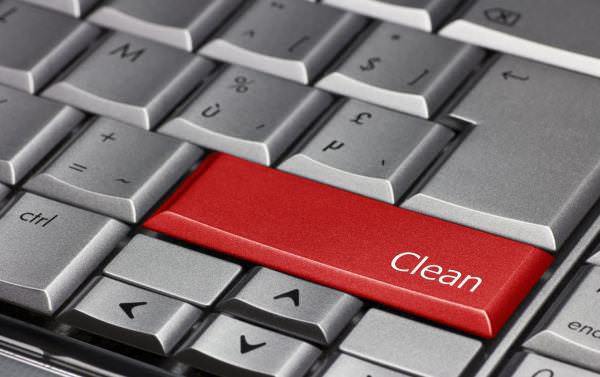
When you buy a custom USB flash drive, the possibility of formatting will likely never cross the average user’s mind. All you want to worry about is plugging it into a USB port and transferring files. However, the underlying importance of flash drive formatting cannot be ignored.
The easiest way to describe formatting is that it preps your USB drive for proper use by your computer. It creates a filing system that makes your data organized while allowing you to store the most files possible. This virtual high tech filing cabinet organizes your files in a way that makes your flash drive perform at its best. Formatting is also equivalent to a clean slate in that it erases any data you may have on your flash drive. It should be used as a last resort when other troubleshooting methods to combat corrupted or unrecognized devices are ineffective.
Flash drive formatting has its advantages. It’s the best way to wipe the data from your flash drive with ease and speed. Another benefit of formatting is that it can allow you to customize security settings like user permission on particular files. It helps you to compress files so that more space can be used on your custom USB flash drive. In some instances, formatting is necessary to add new, updated software to your flash drive.
We can’t talk about formatting without talking about file allocation. File allocation methods are systems that determine how and where your files are digitally stored. It describes to your operating system where to find all of the clusters of data that comprise a file. Common file systems for storage devices include: FAT, FAT32, exFAT and NTFS.
NTFS uses less fragmentation and therefore manages space more effectively than its counterparts. It also excels at transferring files larger than 4GB and creating large partitions. However, this system isn’t always optimal for USB flash drives unless you need to transfer extra large files; you’ll see it pop up more frequently with hard drives.
FAT and FAT32 are supported by nearly every operating system, use less memory and work faster. The file system exFAT combines the best of both NTFS and FAT for flash drives by reading and writing larger files at a faster speed.
Formatting is not complex either. If you have your flash drive and computer system, you already have all the tools you need. Right-click on your flash drive under My Computer and select Format. Choose from the drop down menu for File System to change it to its desired format. Default is generally FAT 32. Uncheck Quick Format if needed. Next, click Start and click OK to bypass the deletion warning. As a result, tinker with formatting at our own risk since it will delete all of your current files.
How does formatting a flash drive benefit your use? Share your comments with us!
